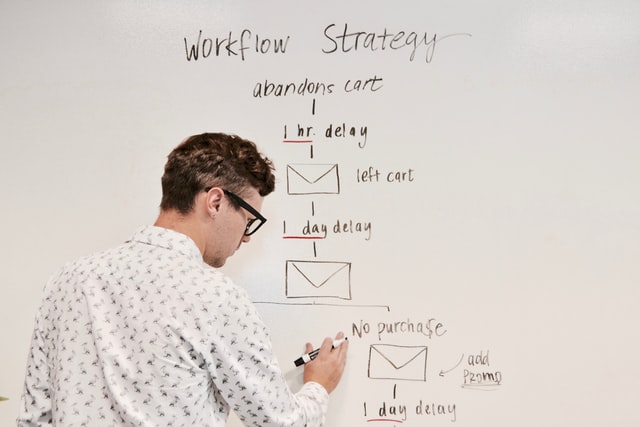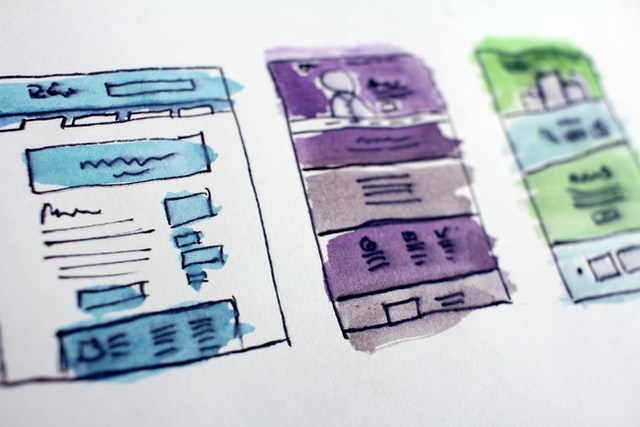What Business Analysts should know about UX Designers
In the era of digital transformation business analysts and UX designers are crucial for the success of a product. It’s essential for each role to understand how they need to work collaboratively for the success of the product.
Responsibilities of each role
| Role of a BA | Role of a UX Engineer |
| Understand business needs | Understand user needs |
| Perform and improve business and process analysis | Perform and improve design and solution analysis |
| Stakeholder management | Stakeholder management |
| Influence how an organisation addresses a business problem or opportunity | Influence how an organisation addresses a business problem or opportunity |
| Identify user stories | Create interaction design |
| Set up product requirements | Design information display |
| Decide on content strategy |
BA is responsible for understanding the problem from a business perspective and translating concepts into actionable business requirements, defining business objectives, and managing stakeholders’ expectations around them. The ultimate goal of a BA is to deliver a software solution or a product that meets business and user needs on time and within budget.

On the other hand, the UX designer focuses on user research to identify the motivations, needs, barriers, pain points, and context from the perspective of the user, to make sure that user requirements are validated and understood.
Focus of each role
| Key focus of a BA | Key focus of a UX Designer |
| Stakeholder research | User research to understand user behaviors |
| Competitive reviews | Validation of a proposed solutions |
| Technical constraints | Designing Solutions |
| User Story Capturing | Validation of Solutions |
| Functional and UA testing | Usability testing |
Therefore the main difference between BA and UX is their overall focus on how they address the problem. It is clearly depicted that the collaboration between these two roles can lead to a better outcome since there is a substantial amount of overlap in what BAs and UX designers do.
The Overlap between BA and UX
It is essential for both BA and UX to have a clear end to end understanding of what problem the business is trying to solve. This extends on focusing on bringing value to the business and the users. To engage in the requirements gathering process and to conduct research both BAs and UX designers use common tools and techniques as below
- Interviews
- End to end process observation
- Personas
- Workshops

UI designing and project scoping is another shared task between BAs and UX designers. They use common techniques such as prototyping and brainstorming but each discipline excels in different aspects of the solution.
How BA and UX can work together
- BA’s will have an end to end understanding of processors and problems that need to be addressed. They will always have a good relationship with the business stakeholders. It’s easier for the UX designer to work collaboratively with the BA to gather the necessary details easily without going after less reachable business stakeholders.
- Solid analysis and research can be conducted during the initial phase of a project when both BA and UX Designers work collaboratively.
- BAs can use UX tools and techniques during the requirements elicitation process. UX techniques such as role-playing, interactive prototyping, user personas, and contextual inquiry can be used to replace the traditional 1-1 requirements elicitation interviews.
- This will help to understand emerging new requirements
- Usability requirements can also be understood

- UX techniques can also be used by BAs to understand user needs and desires and translate them into solutions/software functionality. BAs can learn to listen to users through qualitative, rather than quantitative user experience research.
- BAs can get familiar with new technologies and tools used by UX designers. BAs can experiment with new tools like
- Prototyping tools with integrated requirements documentation features
- Collaborative work-flow models
- Decision tables and tools that can help improve their work processes
- During the early stage of a software project, a UX influenced approach can be adopted when BAs and UX designers work together. This can be done using a prototyping tool during the requirement elicitation process.
- This helps to capture requirements easily
- There will be more feedback coming from business stakeholders as they have some visual guidance to understand how the end product will look like.
- This can reduce the changes during the development process
- Scope can be determined more effectively

- UX designers can work as a neutral party within the product development process. When coming up with solutions or prototypes it’ll be easier for BA to validate those with UX designers before presenting to the end customers.
- UX designers can act as advocates for the user, that have a fresh set of eyes and a different perspective on data, design, and priorities.
- Below approaches can be introduced in companies to improve the collaboration and empathy between BAs and UX designers
- UX-BA buddy system – two roles sit together one day a week and work on projects together
- Introducing one-off workshops where UXers have to solve BA problems, and BAs have to adopt UX techniques
How good combination of BA and UX can impact the overall success

- Solid analysis and research conducted during the initial phase of the project can help to determine the project approach, deliverables, and milestones in the early stage. This will directly impact the overall project timelines and the budget.
- The feedback received from UX designers can be used to improve the wireframes/ prototype before demonstrating to the business stakeholders. A comprehensive prototype can be demonstrated through this approach.
- BAs and UX designers can work together not just to build a solution but to build a brand to make sure the product meets all these “emotional” user needs, as well as the needs of the C-suite.
